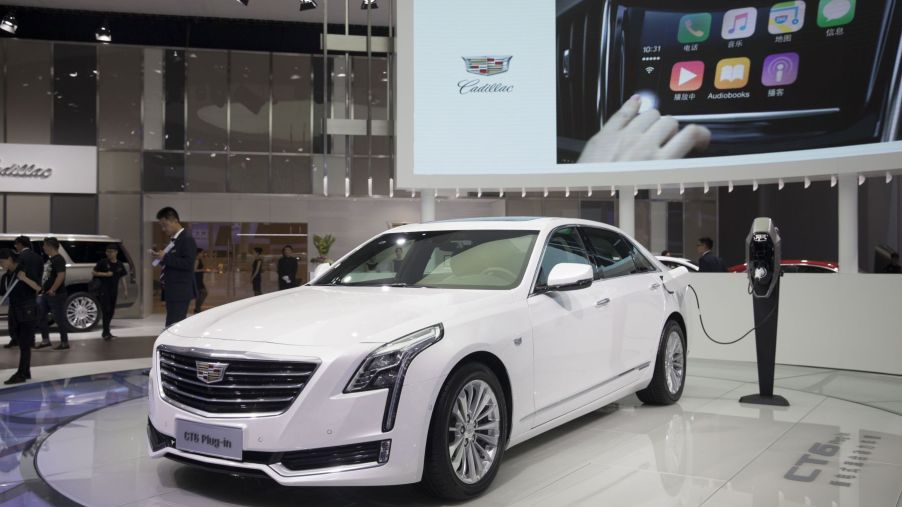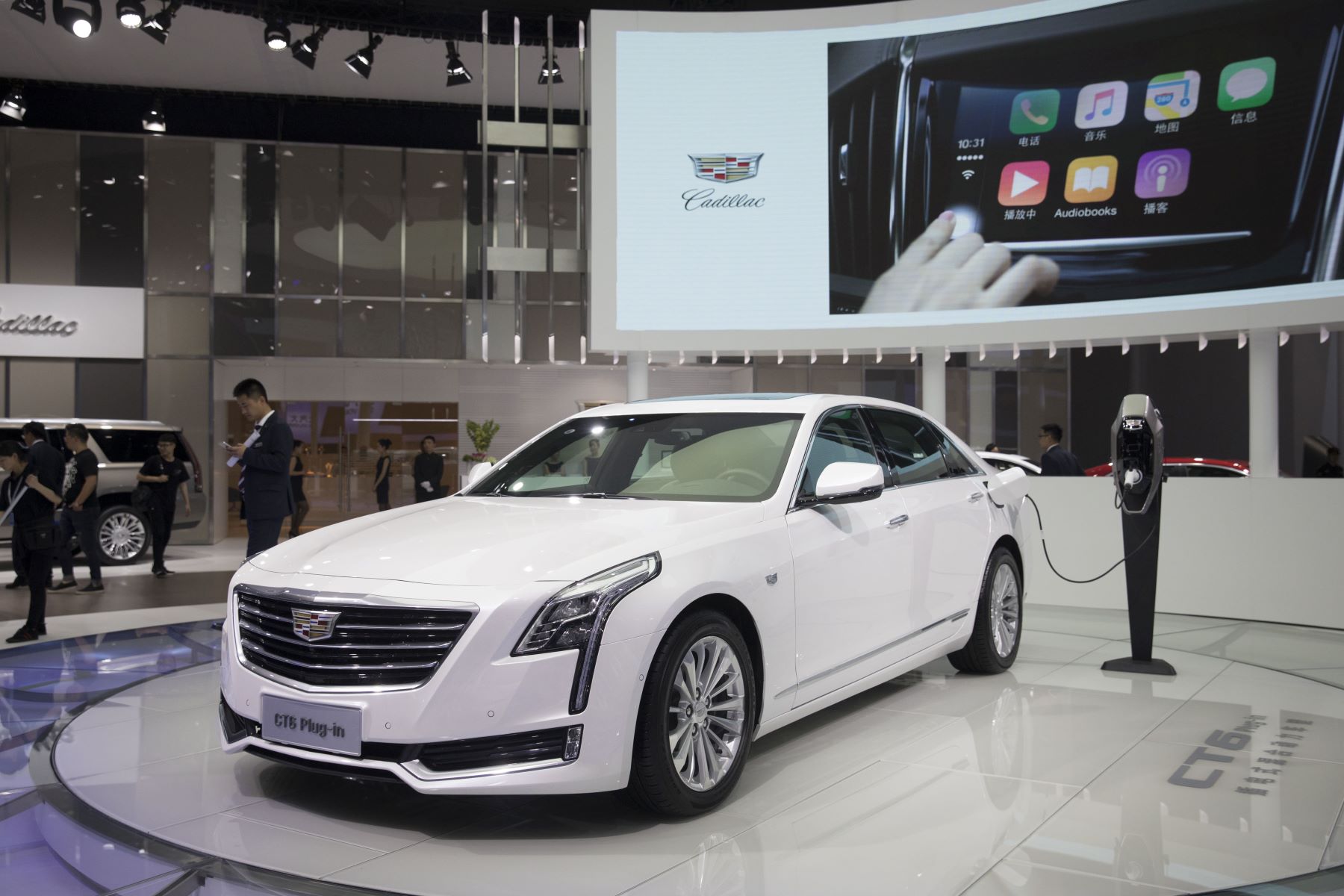
How Much Does It Cost to Charge a Plug-in Hybrid Electric Vehicle (PHEV) With Level 2 Charging?
As a variation to standard electric vehicles (EVs), PHEV (plug-in hybrid electric vehicles) models have a smaller amount of electric range. On average, PHEVs have around 10% of the range as their fully electric counterparts.
PHEVs also differ from EVs in their charging or refueling costs. PHEVs have an internal combustion engine (ICE). It acts as backup power, which saves on charging fees. So, even with a low electric charge, you can drive a plug-in hybrid and not get stranded on the way.
The charging system of these vehicles depends on the type of plug-in hybrid you have. So, how much does charging a PHEV with Level 2 charging cost?
Locations of Level 2 chargers

The place you can charge your plug-in electric vehicle mostly depends on the charger the car model uses. This means the kind of PHEV matters. However, most Level 2 charging equipment is found in commercial businesses and apartments. You can charge the car at your workplace, gas stations, college, or hotels.
If you can afford the charging system, installing it at home will be convenient, as you’ll be able to charge without interruptions. Alternatively, you can upgrade the Level 1 charging in your home to Level 2. However, doing this is not recommended for plug-in hybrid owners, as PHEVs have much less charge capacity than EVs. Therefore, the boost in charging time is not needed.
According to Alternative Fuels Data Center, Level 2 charging uses 240-volt chargers, which require a 100-amp 208-240V dedicated circuit. Additionally, it requires a heavy distribution line that supplies power from the main breaker box.
The cost of Level 2 charging
The cost of charging the PHEVs depends on where you are charging from. For example, when you charge from your home, the amount will differ from a public charging station.
The cost of charging PHEV at home
You’ll have to install the correct charging system to charge at home. When you install the charging equipment at home, also be sure to factor in labor charges. Additionally, you’ll have to buy the equipment, the cost of which may depend on your location.
It’s advantageous to install a charger at home as it gives your car ample time to charge, though it’s most effective for EV owners due to the larger electric range capacity. This will help you cover greater miles without power shortages during the day. After installing the equipment at home, it will be cheaper to charge your PHEV.
Charging in public places
Alternatively, you can charge your PHEV in public places like business establishments. Some businesses allow you to charge your car for free after paying for the parking spot. However, this varies from business to business. Others will require charging fees.
You can pay an amount equivalent to the energy used for charging. Others locations determine the price by looking at how long you plugged in your car.
At a ChargePoint network station
The cost of charging a PHEV varies from one ChargePoint station to the next. The ChargePoint network allows businesses or property owners to set the price. For example, ElectrifyAmerica will charge you according to your state of residence. It also considers your membership level to set the price when you charge from their ChargePoint locations.
So, plan well when you want to charge your PHEV away from home. Research the best route where you will find the ChargePoints. Doing this will also give you the best daily deals, saving you cash.
The speed of Level 2 charging
With Level 2 charging, you can gain 12-30 miles per hour of charging. It takes between 1 and 3 hours to charge a PHEV fully this way, depending on how much electric range your model has. Therefore, different sources give varying figures, according to the U.S. Department of Transportation.


